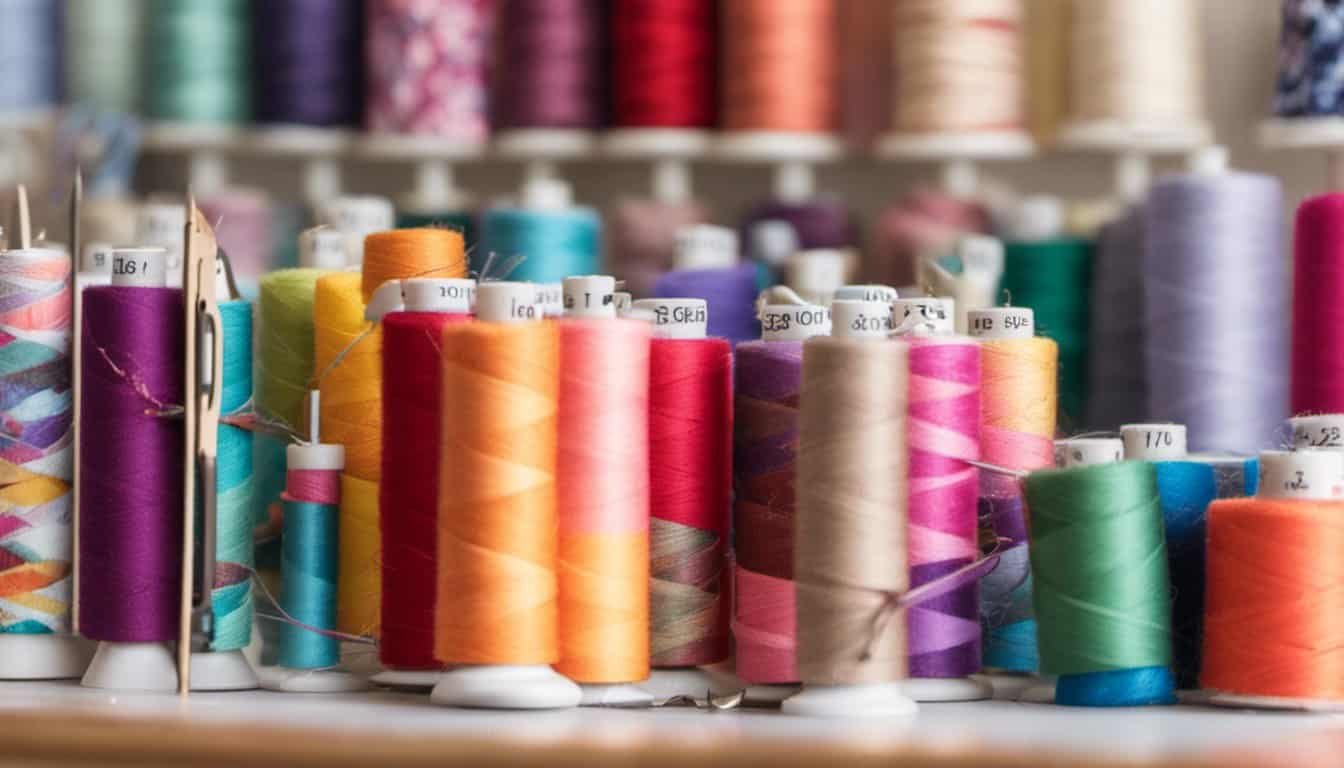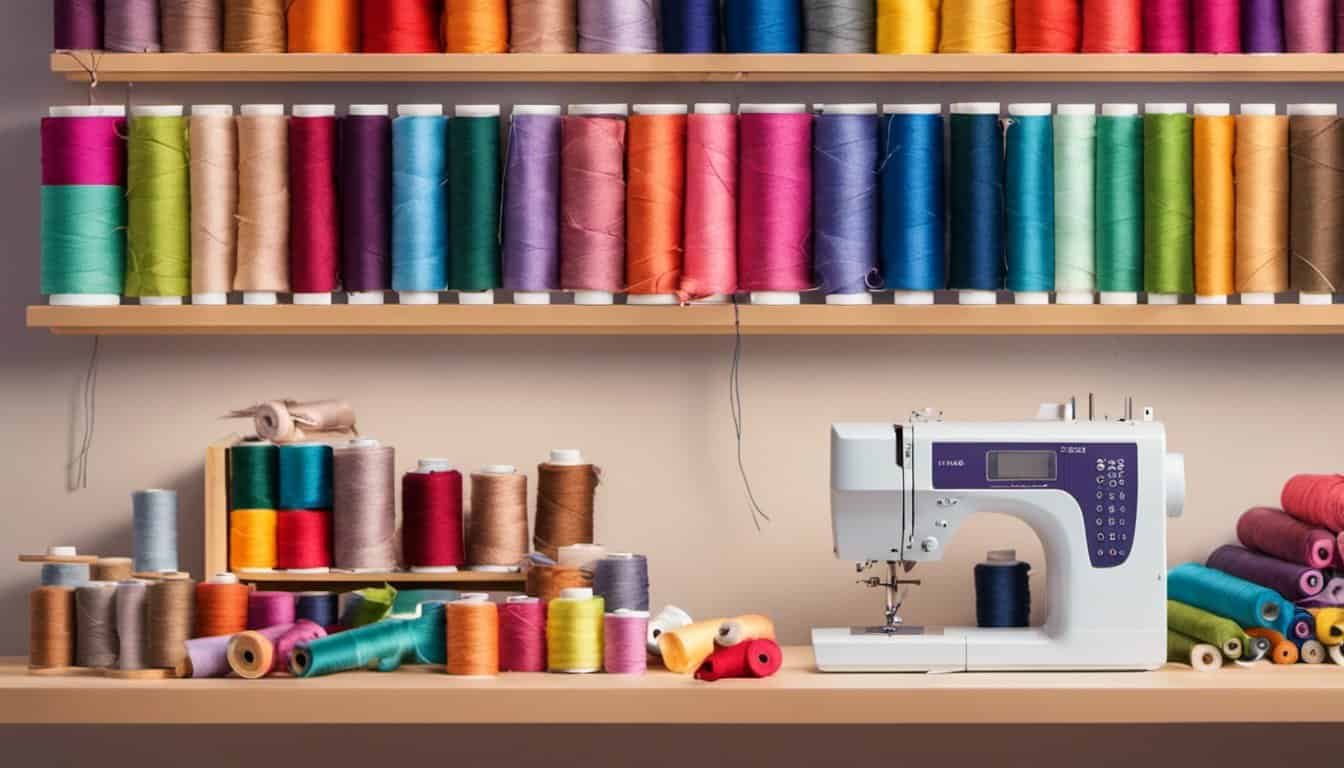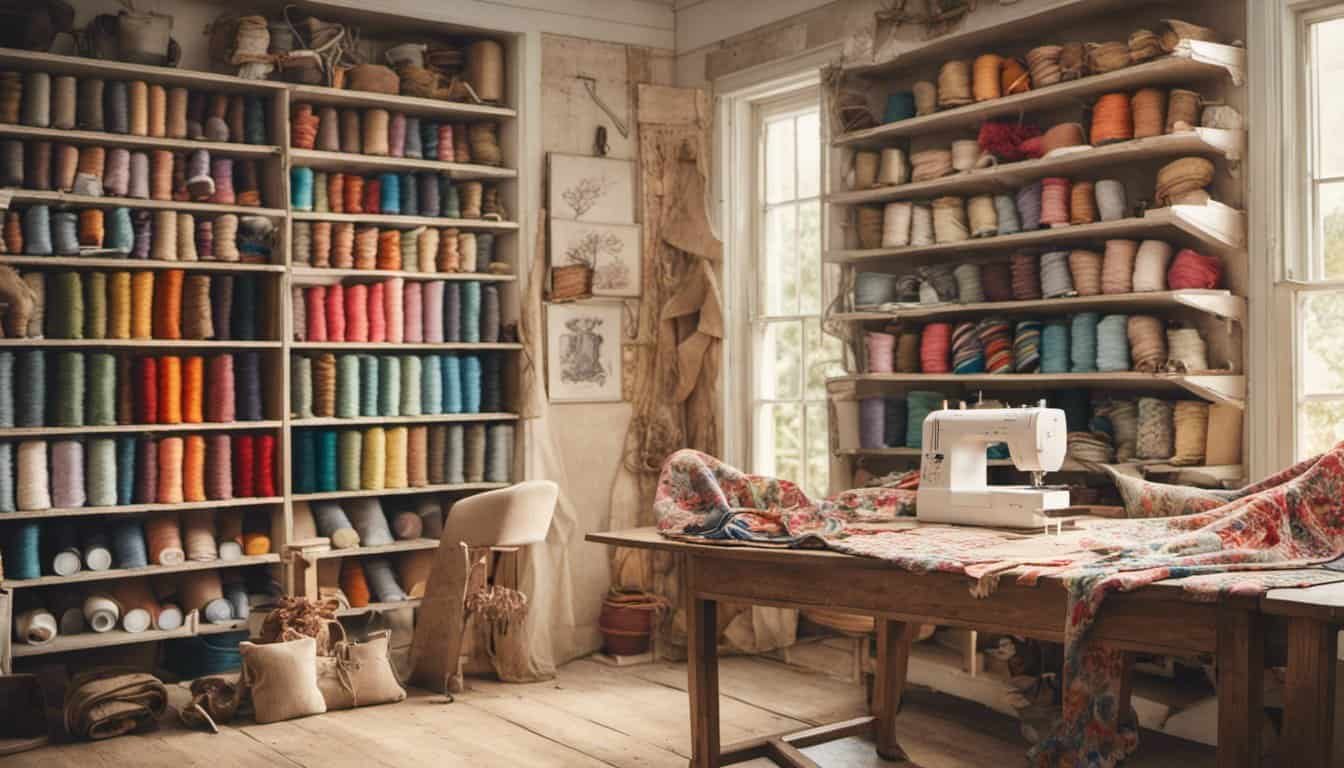Ever dreamed of creating your own wardrobe from scratch? Sewing your own clothes isn’t just a practical skill; it’s a fantastic way to express your personal style and creativity. Imagine the thrill of wearing a dress or shirt that fits perfectly because you made it yourself!
Choosing the Right Materials
Starting your sewing project with the right materials is crucial to achieving the best results. The materials you choose affect durability, comfort, and overall appearance.
Selecting Fabrics
Different projects require various fabrics. For instance, cotton is ideal for beginners due to its ease of handling and versatility. Silk, on the other hand, provides a luxurious finish but requires more skill. For everyday garments, consider cotton, linen, or polyester blends for their durability.
When selecting fabrics, pay attention to the fabric’s weight, stretch, and drape. Lightweight fabrics like chiffon are best for airy, flowing garments, whereas heavyweight fabrics like denim are suited for structured items. Always check the fabric’s care instructions to ensure it’s suitable for your lifestyle.
Understanding Thread and Needles
The thread quality impacts the final product’s appearance and strength. Polyester thread works well for most projects due to its versatility and strength. Cotton thread matches well with natural fabrics, while silk thread is perfect for delicate fabrics.
Needle type and size matter too. Universal needles work for most woven fabrics. For stretch fabrics, use ballpoint needles to avoid damaging the fibers. Needle size should match the fabric weight; lightweight fabrics need finer needles, and heavyweight fabrics need thicker ones. Using the appropriate needle and thread combination ensures smooth sewing and prevents fabric damage.
Choosing the right materials sets the foundation for a successful and enjoyable sewing experience.
Essential Tools for Sewing Clothes
To sew clothes efficiently and achieve professional results, you need several essential tools. These tools enable precision and ease in your sewing projects.
Sewing Machines vs. Hand Sewing
Sewing machines speed up the sewing process and offer consistent stitches. Modern machines come with various features, such as automated buttonholes and decorative stitches. Examples include the Brother CS6000i or the Singer Heavy Duty 4423. Hand sewing, on the other hand, provides more control for delicate tasks like hemming, attaching buttons, and intricate embroidery work. Though slower, hand sewing can be more precise for specific details.
Measuring and Cutting Tools
Accurate measurements and clean cuts are crucial in sewing. Tailor’s tape measures, for example, are flexible and ideal for measuring curves. Transparent rulers assist in ensuring straight lines and alignments. Sharp scissors, like Gingher Dressmaker Shears, are essential for cutting fabric cleanly and preventing fraying. Rotary cutters, accompanied by self-healing cutting mats, help in making precise cuts and reducing hand strain. Each tool in this list plays a pivotal role in preparing your fabric for sewing, ensuring accuracy and professionalism in your finished garments.
Basic Sewing Techniques
Understanding basic sewing techniques enhances your ability to produce high-quality, durable garments. Mastering these fundamentals ensures your projects look professional and withstand everyday wear.
Stitching Basics
Stitches form the backbone of your sewing projects. They differ in function and complexity. Common types include straight stitches, zigzag stitches, and backstitches. Each type serves a specific purpose:
- Straight Stitches: Suitable for most seams and hems, providing a clean, durable line.
- Zigzag Stitches: Ideal for finishing raw edges and adding flexibility to stretch fabrics.
- Backstitches: Perfect for securing the start and end of seams, preventing unraveling.
Experiment with different stitch lengths and tensions on fabric scraps to perfect your technique.
Seam Types and When to Use Them
Seams join two pieces of fabric together. Different seam types cater to various fabric weights and garment styles. Here are some common seams and their uses:

- Plain Seams: Suitable for standard fabric weights and basic garments, offering a simple yet strong connection.
- French Seams: Excellent for lightweight or sheer fabrics, encasing raw edges for a neat finish.
- Flat-Felled Seams: Ideal for items requiring durability, like jeans and outerwear, hiding raw edges and providing extra strength.
Choose the appropriate seam type based on fabric characteristics and garment requirements for optimal results.
Patterns and Templates
Patterns and templates form the foundation of any successful sewing project. They guide you in cutting fabric pieces accurately and assembling them into well-fitting garments.
Reading and Adjusting Patterns
Understanding commercial patterns involves deciphering various symbols and instructions. Key sections include the pattern envelope, which provides fabric recommendations and size charts, and the instruction sheet, outlining step-by-step sewing procedures. Familiarize yourself with common symbols like grainlines, notches, and darts. Grainlines indicate fabric orientation, notches assist in matching pieces, and darts add shape.
To adjust patterns for a perfect fit, use your body measurements. Compare your measurements to the pattern’s size chart. Make necessary adjustments on pattern pieces for areas like the bust, waist, and hips. Slash-and-spread or pivot-and-slide techniques help adjustments without distorting the pattern. Testing fit with a muslin toile reduces errors.
Creating Your Own Designs
Drafting your own patterns enables creative freedom in designing unique garments. Begin with basic block patterns—a fitted bodice, skirt, or pants. These blocks serve as templates for various designs.
« Battle of the Giants: Brother vs Singer Sewing Machines – Which One Reigns Supreme?
Master the Art of Hand Sewing: Ultimate Guide on How to Sew Without a Sewing Machine »
To draft a block, take accurate measurements of the intended wearer. Use these measurements to create a pattern using graph paper or specialized software. Add ease for movement, and mark seam allowances and darts. Customize the design by altering neckline shapes, adding sleeves, or changing skirt length. Transfer the final pattern onto sturdier paper for durability, and use it as a template in your sewing projects.
With these skills, you’re equipped to interpret existing patterns and create your own, catering to exact preferences and body shapes.
Advanced Sewing Tips
Once you’ve mastered basic sewing techniques and pattern adjustments, it’s time to explore more sophisticated methods. Advanced sewing can elevate your garment-making skills to a professional level.
Working with Difficult Fabrics
Handling difficult fabrics, like silk or velvet, requires precision and patience. Start by using the appropriate needle. For instance, use a fine needle for silk and a sharp needle for velvet. When cutting these fabrics, place them on a flat surface to prevent shifting. A rotary cutter can help achieve clean edges.
Pin strategically. For silk, use silk pins to avoid marks. For velvet, pin in the seam allowance to prevent visible holes. When sewing, consider using a walking foot. This accessory feeds both layers of fabric evenly, reducing the risk of puckering. Press seams gently to avoid damaging delicate textures, and always test on a scrap first.

Mastering Tailoring and Alterations
Tailoring and alterations turn a good fit into a perfect one. Begin any alteration by taking precise measurements. A reliable tailor’s tape measure is essential for accuracy. Mark alteration lines clearly using fabric chalk or washable markers.
Remove seams carefully with a seam ripper. This tool minimizes fabric damage. When taking in a garment, pin the new seam lines before sewing. This approach allows you to test the fit before making it permanent. Use basting stitches to temporarily hold alterations in place; they can be easily removed if adjustments are needed.
For hemming, determine the desired length and fold the fabric accordingly. Use an iron to press folds sharply, then stitch the hem with a blind stitch or a narrow hem foot for a polished look. Always finish raw edges with a serger or zig-zag stitch to prevent fraying.
Conclusion
Sewing your own clothes is a rewarding journey that lets you express your creativity and personal style. By mastering the basics and gradually tackling more advanced techniques, you’ll create garments that fit you perfectly and reflect your unique taste. Don’t be afraid to experiment with different fabrics and patterns—each project is a learning experience. Remember, patience and practice are key. Happy sewing!













